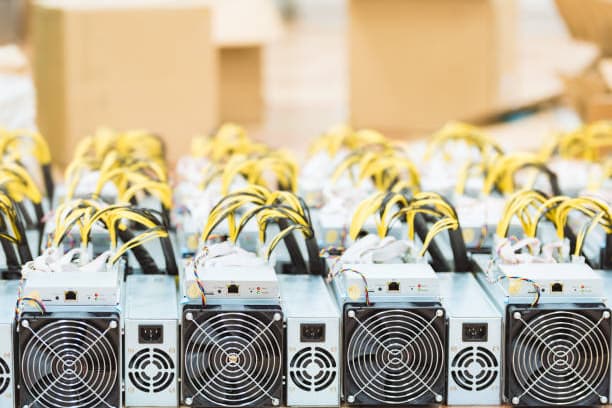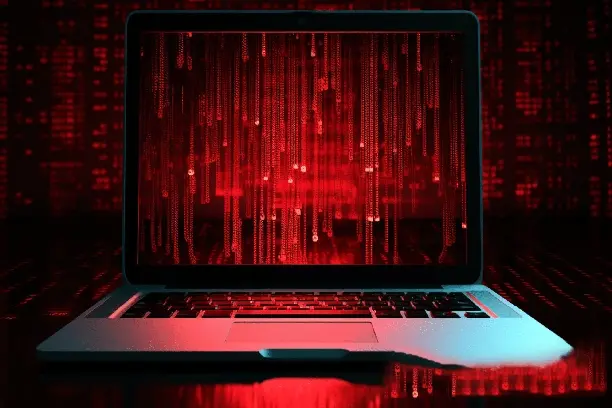What is the core of blockchain mining? Principle and operation introduction
Blockchain mining is one of the fundamental operating mechanisms in the cryptocurrency world, and understanding its core principles and operations is crucial for investors and crypto enthusiasts. Through mining, miners are able to maintain the security and stability of the blockchain and receive the corresponding block rewards. In this article, we will discuss the basic concepts of blockchain mining, how it works, and how it is done to help readers fully understand the process.

What is Blockchain Mining?
Blockchain mining refers to the process of utilizing computer processing power to validate, package, and add transactions to the blockchain network. Simply put, miners "mine" new blocks by solving complex mathematical problems and are rewarded with the corresponding cryptocurrency. Mining is not only the core of the cryptocurrency system, but also a key technology to ensure the decentralization, security and transparency of the blockchain.
In cryptocurrencies such as Bitcoin, the blockchain is an ever-growing chain of data, with each data block storing information about transactions in the network. Each time a new block is mined and added to the blockchain, the structure of the blockchain is extended and ensures that all transaction records cannot be tampered with. The process of mining makes all this work and ensures the stability of the network through a competitive mechanism.
How Blockchain Mining Works
The core principle of blockchain mining is based on a mechanism called Proof of Work (PoW). This is one of the consensus algorithms used in cryptocurrencies such as Bitcoin. In PoW, miners need to solve a mathematical puzzle that is designed to ensure that each block is real and valid.
Specifically, miners need to calculate a number called a "hash" and make it match certain conditions. The hash is calculated based on the transaction data in the block and a random number (called a "random number" or "nonce"). When a miner finds a hash that meets the criteria, he or she adds the block to the blockchain and is rewarded with a certain amount of Bitcoin or other cryptocurrency.
In order to maintain the stability of the network and avoid the problem of centralization, the blockchain is designed with a "difficulty adjustment" mechanism, which ensures that the difficulty of mining is adjusted with the change of the network's computing power. This means that as more miners join the network, the difficulty of mining will gradually increase, keeping the block generation rate stable.
Blockchain Mining Procedure
To participate in blockchain mining, you first need to prepare a few basic equipment and tools. The specific operation process can be divided into the following steps:
Selection of mining hardware: The selection of mining hardware is the most important step. The most common mining hardware on the market today are ASICs (Application Specific Integrated Circuits) and GPUs (graphics cards.) ASICs have a higher computing power and are suitable for mining large-scale networks such as Bitcoin, while GPUs are commonly used for mining cryptocurrencies such as ethereum.

Install Mining Software: Install and configure mining software that will allow your hardware to connect to the blockchain network and start processing data. Common mining software include CGMiner, BFGMiner and so on.
Choose Mining Pool: Due to the fierce competition in mining, the success rate of mining alone is very low, so most miners will choose to join Mining Pool. Mining Pool is where multiple miners share computing power, collaborate on mining blocks, and distribute rewards according to the amount of computing power they contribute.
Configure and start mining: After completing the hardware and software configuration, miners can start mining. The mining process usually takes a long time to compute, so it is necessary to keep the equipment running stably.
Receive rewards: Whenever a mining pool successfully mines a block, rewards are distributed based on each member's contribution, which are usually in the form of cryptocurrencies in the miner's wallet.
Economics and Risks of Mining
Although mining can bring great rewards, it also comes with a certain amount of risk. In terms of economic benefits, miners' earnings come from two main sources: block bonuses and transaction fees. Block bonuses are rewards for digging new blocks, while transaction fees come from the processing of transactions within the block.
With the fierce competition in the market, the revenue of mining is gradually affected by the competition of arithmetic power and the cost of electricity. In large-scale blockchain networks such as Bitcoin, as more and more miners join the network, the difficulty of mining gradually increases, which reduces the profit margin of a single miner. Therefore, investors must evaluate the profit and risk of mining based on the current market conditions.
Mining also faces problems such as equipment maintenance and power consumption, all of which need to be planned well in advance. For example, Bitcoin mining requires a large amount of computing power, which means that the mining process of each block requires a large amount of energy.
The Future of Blockchain Mining
As blockchain technology continues to evolve, so does the future of mining. More and more cryptocurrencies are looking for more efficient and environmentally friendly consensus mechanisms, with new algorithms such as Proof of Stake (PoS) gradually replacing Proof of Work (PoW). Ether is an example of a system that has moved from PoW to PoS, dramatically reducing the need for computing power and increasing the energy efficiency of the system.
With the development of quantum computing technology, existing cryptographic algorithms may be challenged. Nevertheless, blockchain technology still has great potential, and as technology advances, future mining methods will become more diverse and may even further reduce energy dependence.
In conclusion, as a core component of the cryptocurrency ecosystem, blockchain mining plays a crucial role in the operation and development of cryptocurrencies, both from a technical and economic perspective. For investors who are interested in blockchain mining, understanding how it works, its operational procedures and future trends will help them make more informed investment decisions.














